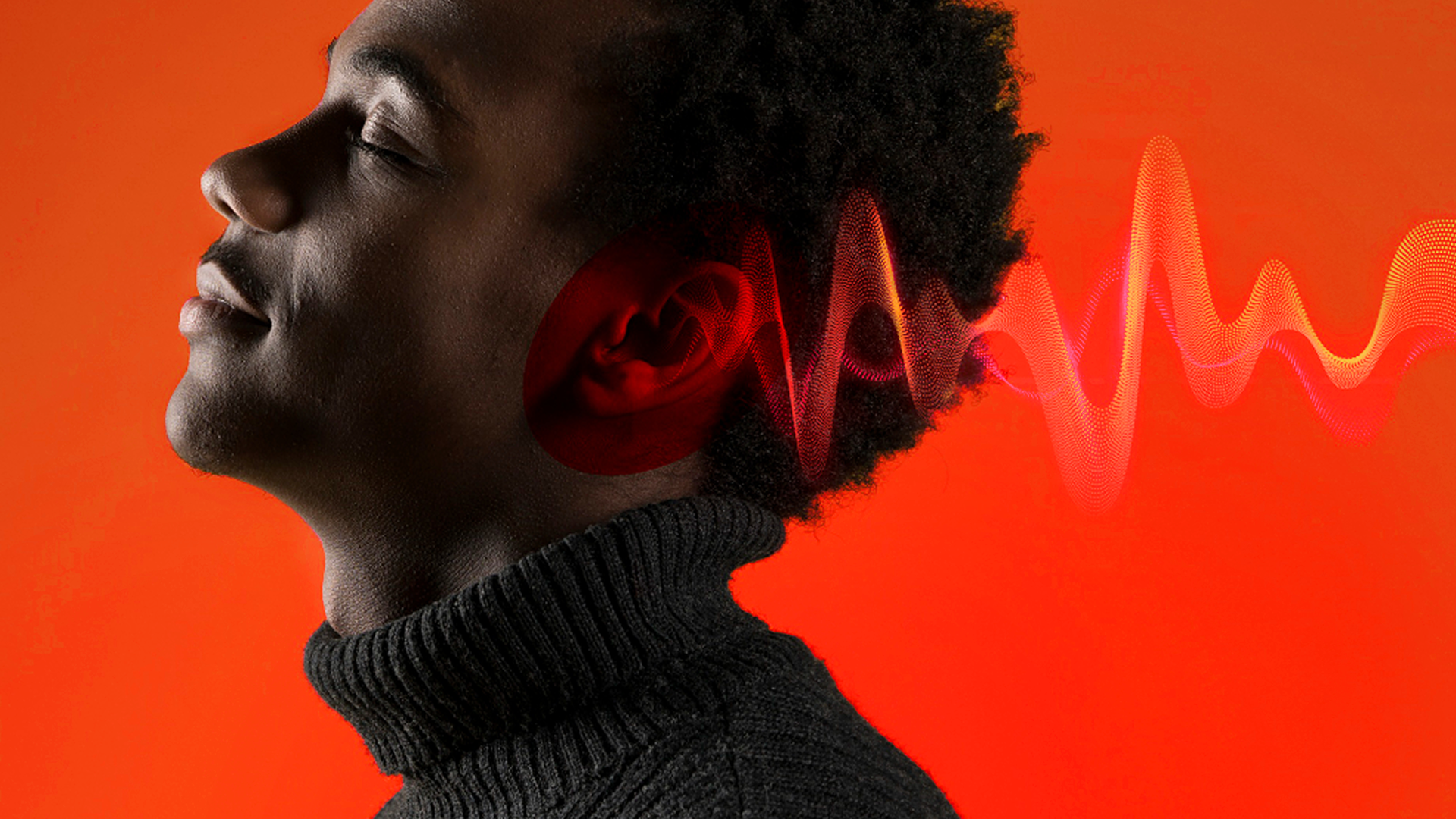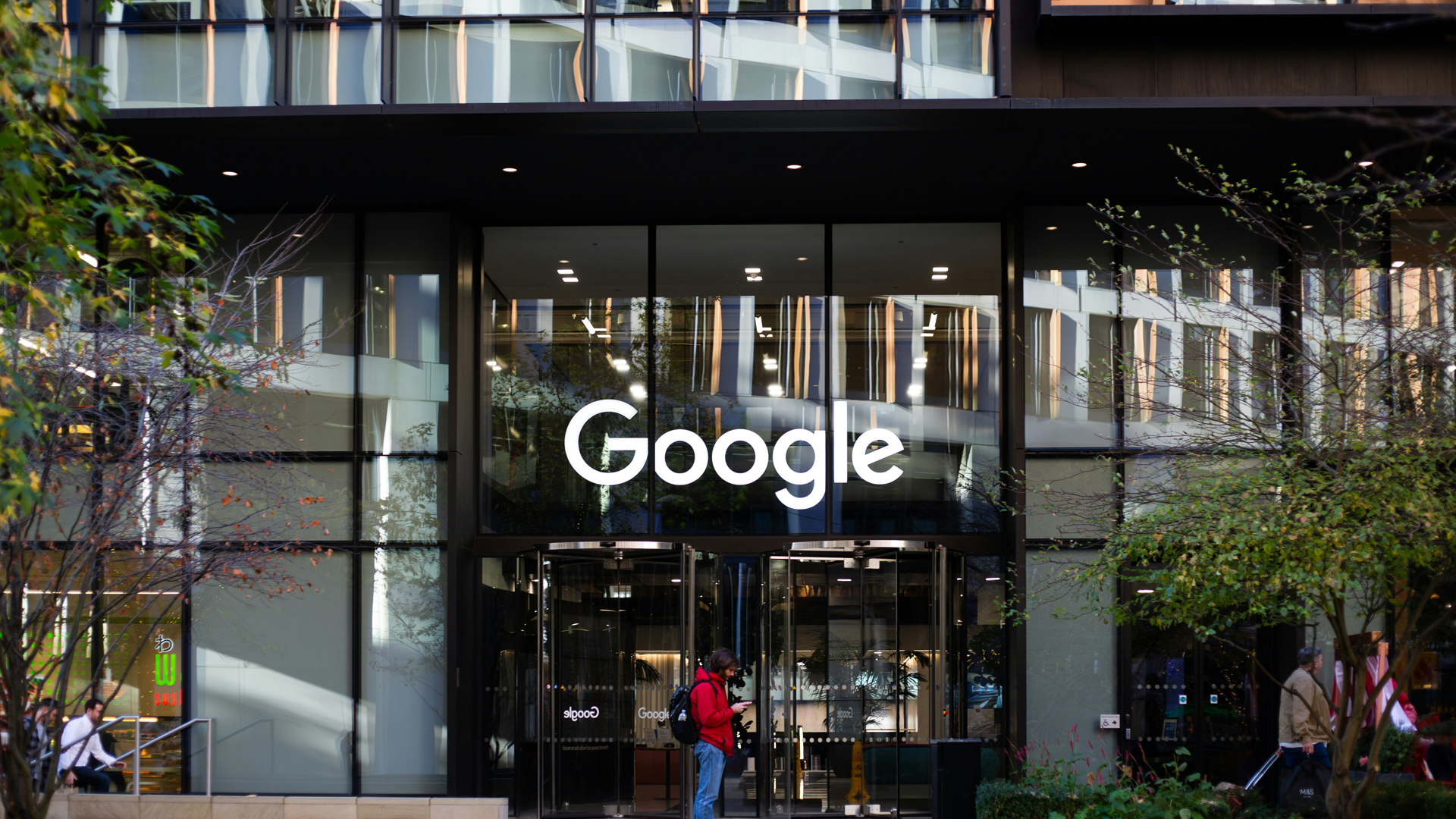Executive Summary
AI is ushering in a “Visual Renaissance” that is transforming how consumer industries create and scale content. Beyond speeding up ideation and prototyping, AI-generated visuals enable hyper-personalization, dynamic content ecosystems, and streamlined global localization. Businesses face a trade-off between flexible off-the-shelf tools and precise but resource-intensive custom models. While the technology promises faster, more cost-effective, and tailored content, it also raises challenges around ethics, copyright, and brand control. The future lies in combining AI’s efficiency with human creativity and oversight, redefining how brands tell stories and engage consumers.
The Future of Brand Storytelling
A new era of content creation is emerging, where artificial intelligence is not merely assisting creativity but transforming it. For Marketing departments, this marks a strategic shift. AI-generated visuals are revolutionizing how brands test concepts, localize campaigns, and engage audiences - delivering faster, more cost-effective, and tailored solutions. This "Visual Renaissance" is reshaping both what content is created and how products, messages, and experiences are brought to market.
The Evolution Of Automation In Content Generation
Visual automation began with tools like Photoshop, Illustrator and other digital platforms, which augmented the creative process but left it fundamentally human-led. AI image generation is a watershed—it changes the process. Rather than just supporting a vision, it helps to shape it. Creators can now experiment with subjects, styles, and media in unprecedented ways and at unmatched speed.
Early diffusion models were more inspirational than functional, but today’s state-of-the-art models produce high-resolution, photorealistic outputs that are fully customizable. What once required physical photography—such as product mockups, campaign visuals, and location shoots—can now be done with AI in just hours. We're not just automating tasks….we're rethinking content creation from the ground up.
The Current State Of AI In Visuals
Two main types of AI visual tools dominate the market: custom-trained models and general-purpose, off-the-shelf platforms. The choice between them depends on what balance of speed, scale, and control a business needs.
Custom-trained models (like Stable Diffusion or Flux, fine-tuned using techniques like LoRA, DreamBooth, or Pix2Pi) offer high control, precise tailoring to use cases, and high levels of consistency and accuracy. Ownership of the trained model means it can be deployed repeatedly, making it cost-effective at scale. However, this approach requires substantial upfront investment in time, technical expertise, and infrastructure as well as access to high-quality training data, proficiency in machine learning, and the ability to manage GPU-intensive workloads during model training and experimentation.
In contrast, off-the-shelf platforms (e.g., OpenAI’s DALL·E, Google’s Imagen) offer plug-and-play simplicity and performance. They are ideal for teams that need general-purpose capability, speed, and ease of use, thanks to models that are maintained and continuously improved by leading cloud providers. However, they come with limitations in customization, recurring costs, copyright, and limitations related to provider content policies—particularly restrictive for specific categories, such as Fashion & apparel.
Navigating The Trade-Offs Between Fast Iteration And Final Execution
As AI-generated visuals become increasingly accessible, the temptation to utilize them throughout the entire creative workflow—from early ideation to public-facing campaigns—continues to grow. However, not all use cases are created equal, and businesses must be thoughtful about where and how they apply these tools.
Faster Iteration: A Strategic Edge
AI excels in early and internal creative stages, such as mood boards, testing campaign direction, and prototyping. Off-the-shelf tools enable teams to quickly explore more ideas, align with more stakeholders, and test more concepts — and to do so more efficiently. This agility is invaluable when speed and variety matter more than brand precision —think Retail or FMCG, where brand teams often need to react quickly to market and social media trends, or rapidly test new concepts with customers.
Customer-Facing Content: Proceed With Care
When visual content is closely tied to the brand’s identity (such as advertising, packaging, or social campaigns), the need for brand consistency, legal compliance, and design quality increases dramatically.
Off-the-shelf AI platforms often lack the fine-grained control needed to produce reliable on-brand visuals. Their outputs may appear polished, but without the ability to deeply customize the model to a brand's style, the outputs can feel generic—or worse, off-brand. There’s also the risk of generating content that subtly misrepresents products, includes unintended bias, or violates usage rights—all of which carry reputational risk. In fashion retail, for instance, an AI-generated lookbook image might misrepresent the fabric texture or fit, leading to disappointed customers and returns.
Custom-trained models offer precision and reliability for high-stakes execution. Although more resource-intensive, they provide the control necessary to reflect a brand’s unique visual identity accurately.
Navigating The Challenges: Ethics, Ownership, And Operational Shifts
Widespread AI-generated visuals raise concerns that go far beyond mere creative execution.
Ethically, with the ability to generate virtually any image, including realistic depictions of people, products, or scenarios, brands must guard against misleading representations and deepfakes. Companies must implement guardrails to ensure generated content aligns with brand values and avoids inadvertently reinforcing bias, perpetuating stereotypes, or misleading consumers.
Closely related to these are questions of copyright and ownership. Current laws in many jurisdictions provide limited or ambiguous protection for AI-generated content, particularly when it is produced using off-the-shelf platforms. This creates uncertainty about ownership rights and enforceability, creating risks for Marketing teams. Legal disputes, such as Getty Images’ lawsuit against Stability AI for alleged unauthorized use of copyrighted material in model training, underscore the legal gray areas that must be navigated in this space.
Operationally, the shift to AI disrupts the traditional value chain involving agencies, photographers, and model talent. While this increases scalability and lowers costs, it also demands new roles and skills—like prompt engineering, brand calibration, and quality control.
Speaking of quality, while AI visuals have come a long way, they are not yet a wholesale replacement for human creativity and craftsmanship. Inconsistencies and visual oddities still emerge, especially in more complex compositions or when pushing the boundaries of what has been seen before. This reinforces the importance of human oversight in refining outputs, validating accuracy, and ensuring emotional resonance.
The Future Of Creative Operations: A Paradigm Shift
The integration of AI into visual content creation is not a temporary trend but a fundamental redefinition of creative operations. Looking ahead, we anticipate several key transformations:
- Hyper-personalization at scale: the ability to generate vast quantities of unique, contextually relevant visuals will unlock a new era of hyper-personalized consumer marketing. Imagine a car manufacturer being able to generate a unique ad for every prospective customer, featuring their preferred car color, in their local driving environment, with a message tailored to their individual interests. This level of granular personalization, previously unachievable due to time and cost constraints, will become standard
- Dynamic content ecosystems: future content strategies will move beyond static assets to dynamic, AI-powered ecosystems. Content will no longer be considered "finished," but will instead continuously evolve based on real-time audience feedback, performance data, and emerging trends. AI will automate the generation of variations, testing at scale, and adapt visual narratives on the fly, ensuring maximum relevance and impact. A grocery chain could automatically adjust product visuals and promotions in real time based on local weather—showing beverages and BBQ deals during a heatwave, or hot soups during a cold snap
- Empowered human creativity: far from replacing human creatives, AI will elevate their roles, freeing them from repetitive and laborious tasks. Designers will shift their focus from execution to strategic vision, conceptualization, and ethical oversight of AI-generated content. AI will become a mighty co-pilot for content professionals, enabling them to explore more creative avenues, iterate faster, and bring ambitious ideas to life with unparalleled efficiency. The emphasis will move from mere production to innovative ideation and the curation of AI's output.
- Streamlined global localization: for multinational corporations, AI will drastically simplify the complexities of global content localization. Beyond mere translation, AI will be able to automatically adapt visuals to cultural nuances, regional aesthetics, and local consumer preferences. Brands will be able to launch globally consistent yet locally relevant campaigns with unprecedented speed and greater cultural resonance. An FMCG snack brand might use AI to adapt packaging imagery to cultural preferences—featuring brighter colors and cartoon mascots in one region, and minimalist eco-packaging in another
- Adaptive brand identities: brand guidelines, traditionally static and rigid, will become more adaptive and fluid. AI will enable brands to maintain core visual identity while intelligently adapting elements (e.g., color palettes, textures, visual styles) to suit different platforms, demographics, or even individual user states. This enables greater creative freedom and contextual relevance without compromising brand recognition.
- Predictive creative analytics: the convergence of AI-generated content and advanced analytics will lead to predictive creative intelligence. AI models will not only track content performance but also predict which visual elements, styles, and narratives are most likely to resonate with specific audiences before content is even deployed. This will enable proactive optimization and significantly reduce wasted creative effort. Think of a fashion retailer using AI to test dozens of variants of a seasonal campaign visual before launch—predicting which colors, models, or poses resonate best with target demographics in each region
Conclusion
The "Visual Renaissance" is more than just a technological upgrade; it represents a fundamental reevaluation of how enterprises create, distribute, and manage visual content. For Marketing leaders, it means investing in AI capabilities, reskilling teams, and rethinking go-to-market playbooks. For content teams, it's an opportunity to enhance creativity, efficiency, and impact. AI won’t replace humans—it will empower them to reach new heights in creativity and strategy. Those who embrace this shift will lead the way in creating engaging, personalized brand experiences.




